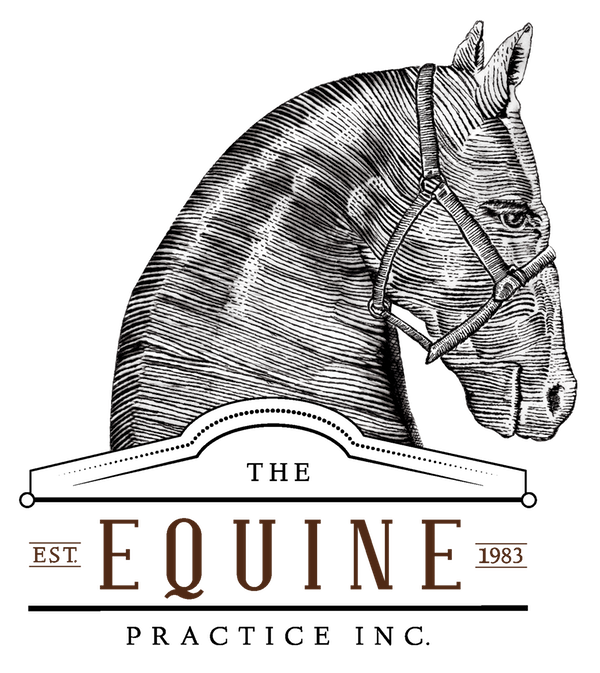Hooks Block Free Movement Of The Jaw
Horse teeth erupt throughout life, and the opposing tooth wears them down. Over-erupted teeth occur in overbites (very common) and underbites (less common), a condition of horses where the lower jaw is misaligned shorter or longer to the upper jaw (overbite or underbite, respectively). The result of this misalignment is that there is no opposing tooth to wear down this eruption; it becomes excessive, which is called a “hook.” The misalignment is NOT a parrot or sow mouth, as these affect only the incisors and not the cheek teeth.
This video describes various types of hooks and the problems they cause in horses. Removing these hooks is my most aggressive procedure, but the results are worth it.
When a bit and bridle are used, the mouth is prevented from opening with a nose band. Horses with an overbite have hooks at the 1st upper cheek teeth and the last lower cheek teeth. When the head is flexed at the poll or turned to the side, the hook(s) at the last lower cheek teeth will block that head movement as the jaw cannot open to accommodate the excess length of the hook(s). The result is a flipping of the head or a resistance to turning to one side, the latter more common when there is only one hook on one side of the mouth. Removing the hook(s) resolves this bit problem. Again, it is not the fault of the bit but the teeth that are at the root of most bit problems.
As of 2020, I usually reduce hooks by filing (floating) the excessive tooth with more removal over subsequent floats. I now rarely use compound hook cutters to avoid the preventive use of antibiotics if a pulp chamber is exposed while cutting the tooth. This approach has been very effective, with less cost to the owner and fewer medications used. I now recommend it unless the last lower cheek teeth hooks interfere with chewing due to impingement with the opposing jaw.
